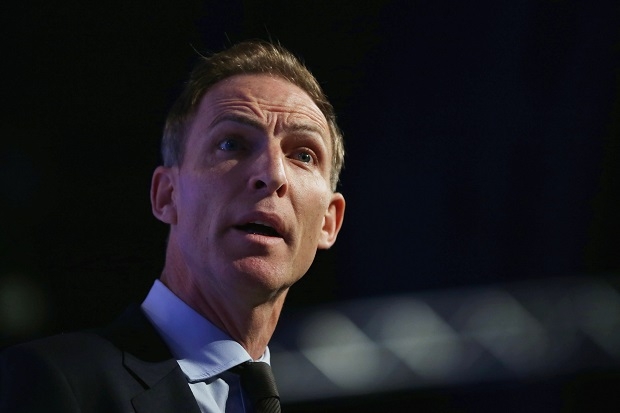There are still perfectly reasonable, thoughtful Labour MPs who sincerely think their party has a good chance of winning a majority in May, even though most of their colleagues are reconciled to being the largest party. I’ve found more of them in Parliament in the past few weeks than I have found Tories who think the same about their party. But today’s Ashcroft poll may well mean that the verbs in that first sentence have to change into the past perfect. There were still perfectly reasonable, thoughtful Labour MPs who sincerely thought their party had a good chance of winning a majority in May. Then the Ashcroft poll came out, suggesting that Labour could be left with just one MP in Glasgow, and the scale of the task facing the party was thrown into even sharper relief.
Seb has examined the poll in detail here, but the political reaction today is dividing along two lines. One is that the party should be moving left to deal with the SNP surge. The other is also that the party should be moving – not across the political landscape, though, but along the pavements and getting on with knocking on people’s doors. It’s all very well wibbling from one side of the Labour spectrum to the other, but it doesn’t make much of a difference if you’re not communicating what you think to voters.
The Ashcroft data backs that up. His poll asked voters ‘whether any of the main political parties have contacted you over the last few weeks – whether by delivering leaflets or newspapers, sending personally addressed letters, emailing, telephoning you at home or knocking on your door’.

There are only two Labour constituencies that report higher contact rates than from the SNP – Glasgow Central, where 16 per cent of voters said they’d heard from Labour against 15 per cent of voters who’d heard from the SNP (and 73 per cent said they hadn’t heard from anyone), and Paisley and Renfrewshire South where 14 per cent had heard from Labour, 12 per cent had heard from the SNP and 75 per cent hadn’t from anyone. In all the others, the SNP contact rates are higher; in some cases, much higher. For instance, in Cumbernauld, Kilsyth and Kirkintilloch East, 5 per cent of voters said they’d heard from Labour, while 17 per cent said they’d heard from the SNP. In Dundee West, 10 per cent had been contacted by Labour, against 32 per cent from the SNP. The SNP had contacted 13 per cent of voters in Glasgow North West, where Labour had only managed 5 per cent.
Labour has a huge amount of work to do to communicate its message to voters. The scale of the party’s campaign in May may end up looking rather like its effort to persuade Scots to vote ‘no’, where MPs from across the country converged on Scotland. And part of the reason for that is that for too long, its Scottish MPs thought they’d never face this sort of threat.







Comments